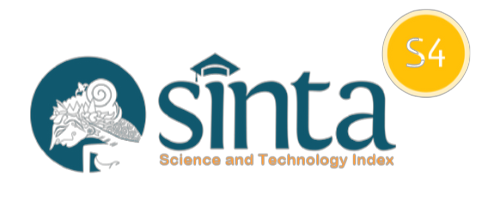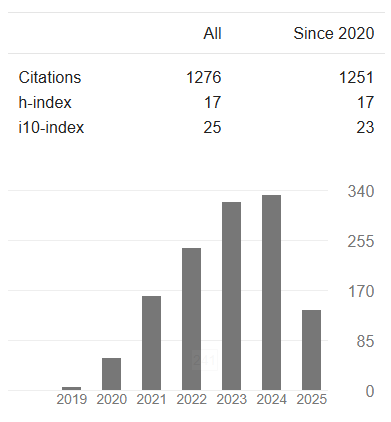Comparison of Stock Performance Based on Ethical Investment: Evidance on JII and SRI-KEHATI Indices
DOI:
https://doi.org/10.14421/EkBis.2020.4.2.1249Keywords:
Jakarta Islamic Index (JII) SRI-KEHATI index, stock performance, Ethical InvestmentAbstract
This research aims to analyze and compare the performance of the Islamic stock portfolio represented by the JII index and ethical investment represented by the SRI-KE-HATI index by measuring the Risk Adjustment Return Index through the Sharpe index, Treynor index, and Jensen Index differential return and appraisal ratio. The data analysis of this research consists of five parts, namely descriptive analysis, analysis of stock performance, with three methods, namely Sharpe, Treynor, and Jensen.differential return and appraisal ratio and Multiple Comparison Test. Based on the comparison of the performance of JII and SRI-KEHATI stocks in 2014-2019, it can be concluded that the overall method of Sharpe, Treynor and differential return shows a negative performance value, which means that the performance is not good, whereas when measured using the Jensen method and Appraisal Return shows positive performance value, which means good performance. When compared between the performance of JII and SRI-KEHATI shares, there is a difference between the performance of the JII and SRI-KEHATI Indices during the study period
Downloads
 Abstract viewed: 380 times
|
Abstract viewed: 380 times
|
 PDF downloaded = 441 times
PDF downloaded = 441 times
References
Bart, J, 1992, “International Diversification: Part I – Risk Reduction & Return Enhancement”, Canadian Shareower 5: 10-11
Baron, David P. (2005), Corporate Social Responsibility And Social Entrepreneurship, Research Paper No. 1916,October http://ssrn.com/abstract=861145
Bursa Efek Indonesia. 2008. Buku Panduan Indeks Harga Saham Bursa Efek Indonesia. (Online), (http://idx.co.id, diakses 18 November 2009).
Elton, E.J, and Grubber, 1995, Modern Portfolio Theory and Invesment Analysis 5th ed, John Wiley & Sons, New York.
Hanafi, S. M. (2011). Perbandingan kriteria syari’ah pada indeks saham syari’ah Indonesia, Malaysia, dan Dow Jones. Jurnal Ilmu Syari’ah dan Hukum (45):
Himpunan Fatwa DSN MUI, (Ciputat: Gaung Persada), 2006
Hussein, Khalid, and Mohammed Omran, (2005), Ethical Investment Revisited: Evidence from Dow Jones Islamic Indexes
Hamilton et al., Doing Well while Doing Good? The Investment Performance of Socially Responsible Mutual Fund, 1993
Jobson and Korkie, 1981, ”The Trouble with Performance Measuremen Comment”, Journal of Portofolio Management, Winter
Jogiyanto, 2003, Analisis Investasi dan Teori Portofolio, Gajah Mada Press, Yogyakarta.
Jones, Charles P, 2000, Investment Analysis and Management 7th ed, USA: John Wiley & Sons, Inc
Lee, Ian B., (2005), Efficiency and Ethics in the Debate About Shareholder Primacy, University of Toronto Faculty of Law October 2005 http://ssrn.com/abstract=778765
Manurung, Adler Haymans, 2000, “Mengukur Kinerja Portofolio”, Usahawan, No 11 Nopember XXIX,h 41-46.
Sharpe, William F, 1995, “Risk, Market Sensitivy and Diversification”, Financial
Analysis Journal, Januari-Februari, pp. 84-88
Statman, Meir, 1987, “How Many Stocks Make a Diversified Portofolio”, Journal of Financial and Quantitative Analysis, Vol.22 no.2 September





























 This work is licensed under a
This work is licensed under a 